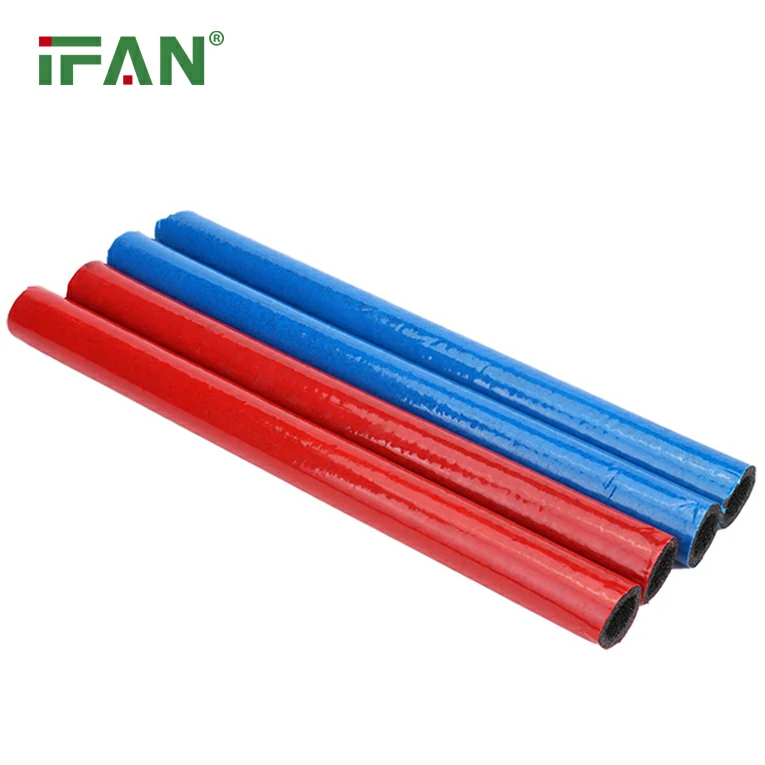There are several types of valves that are commonly used in plumbing systems. Some of the most common types include:
- Ball valves: These valves have a ball inside that rotates to control the flow of water. They are typically used in applications where precise control is required.
- Gate valves: These valves have a gate that moves up and down to control the flow of water. They are often used in applications where high flow rates are required.
- Globe valves: These valves have a globe-shaped body and a disc that moves up and down to control the flow of water. They are commonly used in applications where precise control is required.
- Check valves: These valves allow water to flow in one direction only. They are often used to prevent backflow in plumbing systems.
- Pressure reducing valves: These valves are used to reduce the water pressure in a plumbing system. They are commonly used in applications where high water pressure can cause damage to pipes or appliances.
- Solenoid valves: These valves are operated by an electrical current and are commonly used in automated plumbing systems.
Overall, the type of valve used in a plumbing system will depend on the specific application and the requirements of the system.






